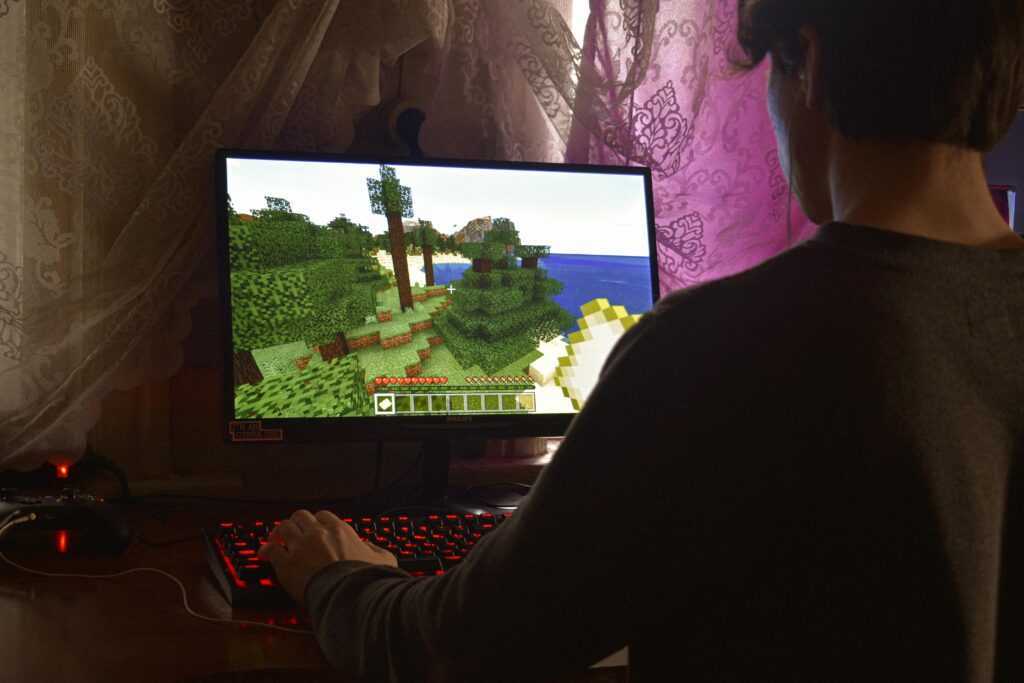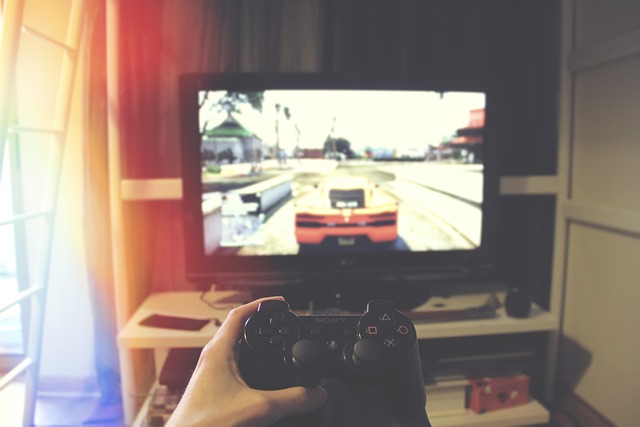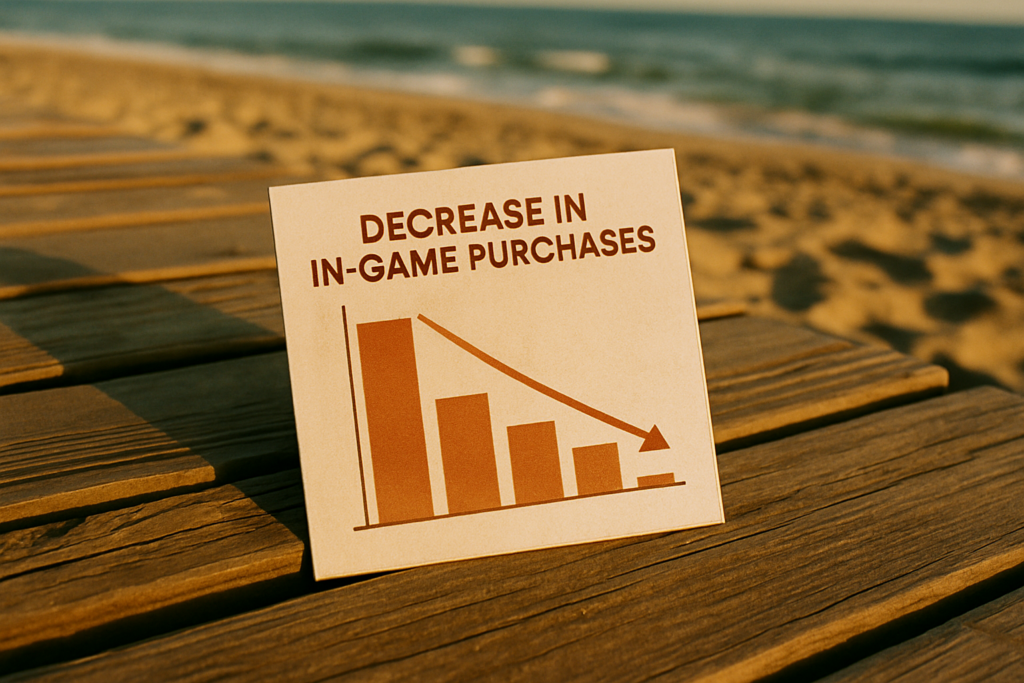There was a time when changing your character’s outfit in a video game meant editing a few files in Quake or picking a different colored shirt in Mario Kart. No marketplace, no value, no flex. Just a fun way to mess around and maybe annoy your friends with a neon-pink Doomguy.
Fast forward to 2025, and that same impulse – to stand out in a match – has snowballed into an economy. We’re talking thousands of euros for rare virtual knives, collectors watching float values like they’re NFTs, and entire platforms built around gambling with skins. How did we get here?
It All Started with Modders and a Bit of Ego
Skins didn’t come from marketing teams – they came from the basement. Back in the Quake and Half-Life days, customization was DIY. If you knew your way around texture files (or had the patience to learn), you could turn your space marine into a walking meme, or slap your clan’s logo across your armor like a badge of honor.
Sure, the results were often janky. Models clipped through walls, animations glitched, and your custom skin looked like it was drawn in MS Paint. But that didn’t matter. It was yours. That was the magic.
Because once games went online, looking unique wasn’t just fun – it was the whole point. When you’re going head-to-head with real players, your skin becomes your signature. It says, “I’m not just here to win – I’m here to stand out while doing it.”
Multiplayer Made Skins Matter
Games like Counter-Strike made skins personal. When you pulled out a flashy Desert Eagle in front of your squad, it wasn’t just about looks – it was a status symbol. “Look at this thing. I earned it. Or traded for it. Or maybe just got lucky in a drop. Either way, it’s mine.”
That sort of bragging rights turned into something more than in-game clout. It turned into digital value.
When the Market Got Involved
The shift happened around 2013, when Valve launched the Arms Deal update in CS:GO. Suddenly, skins weren’t just visible – they were tradable. A few clicks, a Steam Wallet, and boom: you’re flipping digital rifles like you’re on Wall Street.
And people took it seriously. We’re talking about an economy that’s ballooned into the billions. Some skins sell for the price of a small car. Others are dirt cheap but still carry sentimental weight. And it’s not just collectors – betting markets, especially around CS2 betting, have embraced skins as a form of in-platform currency or prizes. It’s all become part of the game behind the game.
Enter: Skin Gambling and The Grey Area
Once something has value, you can bet on it – literally. That’s where skin gambling entered the scene. Players started staking their inventories in raffles, battles, and coin flips. Sites emerged overnight. Some legit, some shady, all capitalizing on the thrill of risking your digital bling.
Of course, this got messy fast. It wasn’t long before regulation caught up and platforms started cracking down. But the appetite didn’t disappear. If anything, the drama just underscored how big the scene had become.
Skins Are Culture Now
Here in 2025, skins aren’t just collectibles – they’re artifacts. There are memes about specific weapon finishes. Limited drops are anticipated like sneaker launches. And pro players using rare skins in tournaments can spike market prices overnight.
What started as fun customization is now:
- A social signal
- A tradable asset
- A betting chip
- A fashion statement (yes, even in virtual warzones)
So What’s Next?
The ecosystem’s not slowing down. Expect more crossovers with pop culture, AI-generated personalization, and yes, tighter links between skins and CS2 betting platforms. There’s even chatter about dynamic skins that evolve with your performance. Imagine a rifle that tracks your kill streaks and changes its color palette accordingly. Wild.
From Expression to Economy
What used to be a hobby – just you and your funky Quake model – is now a global economy. Skins have gone from throwaway textures to real-deal digital assets. And whether you’re trading, collecting, betting, or just flexing in your next round of CS2, you’re playing in a system that started with a simple question: “How can I make this feel more like me?”
And if your answer involves a €900 butterfly knife and a little CS2 betting on the side… hey, no judgment.



